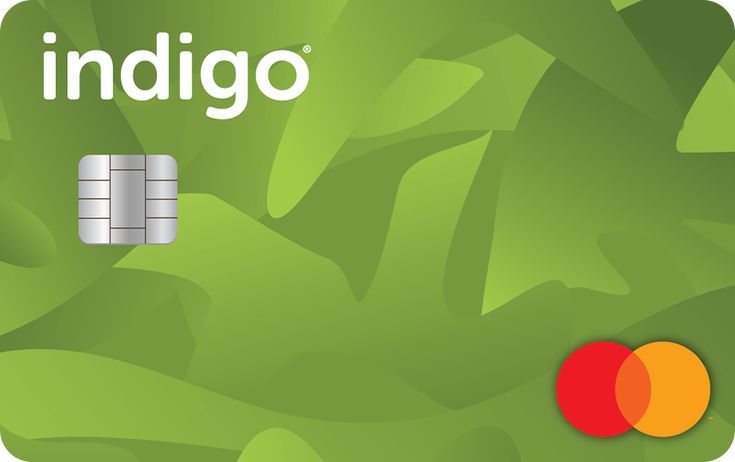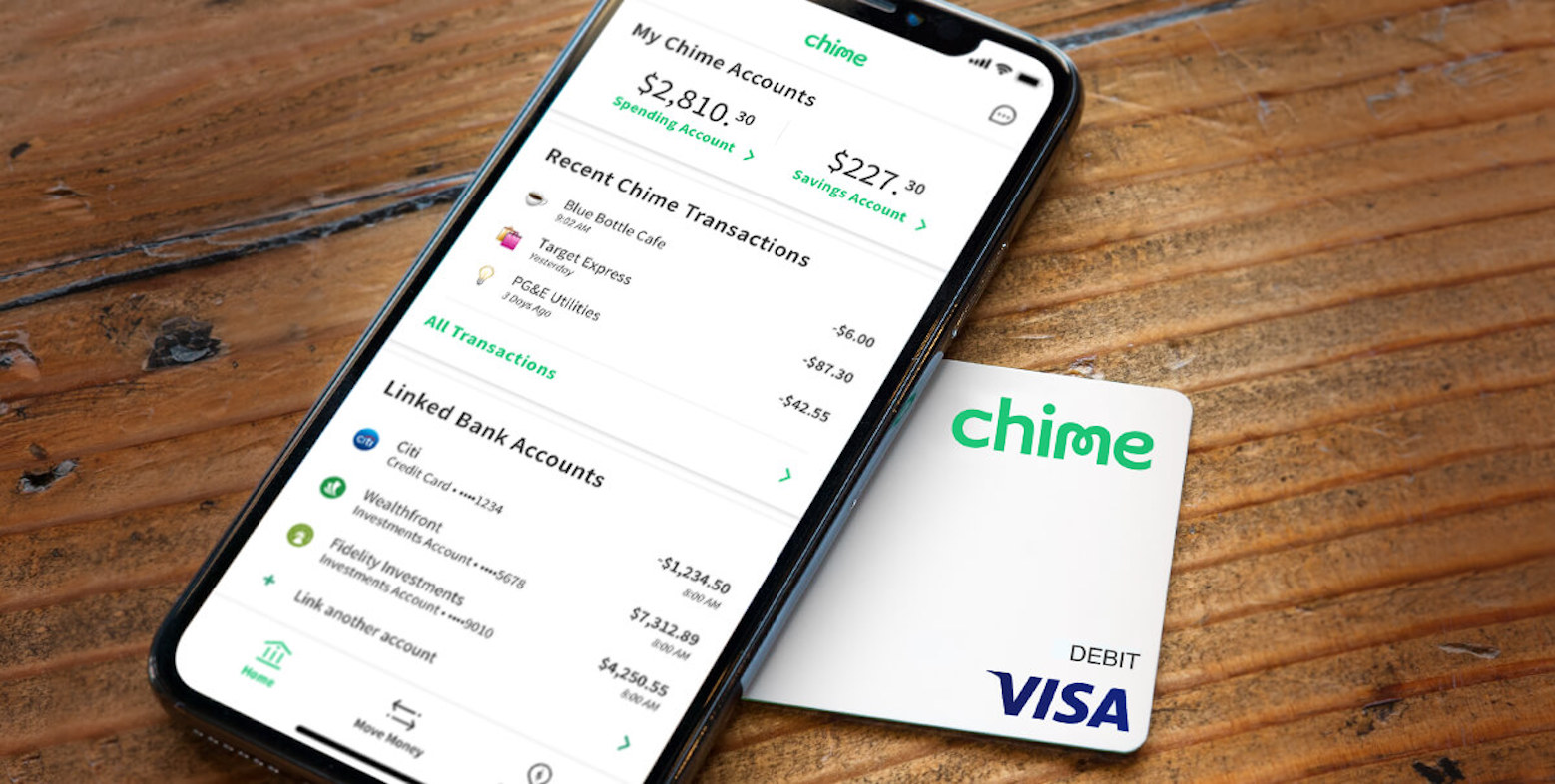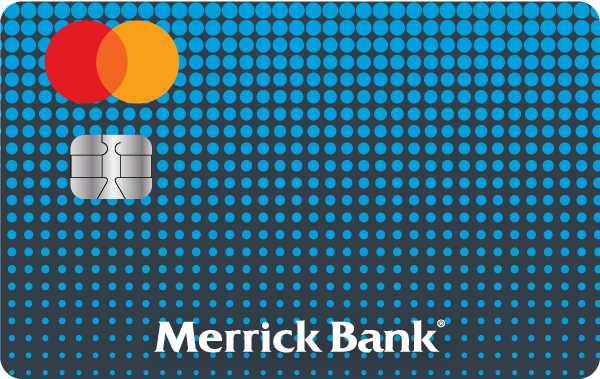In the world of personal finance, credit cards are invaluable tools that can help individuals manage their expenses, build credit, and even earn rewards. If you’re rebuilding your credit or starting fresh, you’ve probably come across cards tailored for individuals with less-than-perfect credit. Among these options, one name often surfaces: the Indigo® Platinum Mastercard®. In this comprehensive Indigo Credit Card Review, we’ll break down everything you need to know—from application to credit limits—so you can decide if it fits your financial goals.
General Overview of the Indigo Credit Card
The Indigo Credit Card, issued by Celtic Bank, is designed primarily for individuals with less-than-perfect credit history. the Indigo card is part of Mastercard’s network, meaning it’s accepted virtually everywhere. It is an unsecured credit card, meaning it does not require a security deposit, which is often a requirement for cards aimed at those with poor credit. With the Indigo Credit Card, users can not only access a line of credit but also work towards improving their credit score over time.
One of the key features of the Indigo Credit Card is its focus on credit building. It reports to all three major credit bureaus—Experian, TransUnion, and Equifax—allowing cardholders to establish or rebuild their credit history effectively. The Indigo Credit Card is an unsecured credit card designed for individuals with bad credit or no credit history. Unlike secured cards, this one doesn’t require a security deposit, which makes it more accessible to people who might not have hundreds of dollars to put down upfront. Its primary appeal lies in its accessibility. Applicants with poor or limited credit history have a fair shot at approval. However, that convenience can come at a cost, including monthly fees, high annual fees, and limited perks.
Indigo Credit Card Features
Initial Credit Limit: The Indigo Credit Card typically offers an initial credit limit ranging from $300 to $1,000. The specific amount depends on the applicant’s creditworthiness and financial profile.
No Security Deposit Required: Unlike many secured credit cards, the Indigo Credit Card does not require a security deposit, making it more accessible for individuals who may not have the funds available to secure their credit line.
Monthly Fees: Depending on the applicant’s credit history, the Indigo Credit Card may charge a monthly fee that can range up to $41. This is a notable aspect to consider, as high monthly fees can impact the overall cost of using the card.
Annual Fee: The Indigo Credit Card comes with an annual fee that can vary based on the applicant’s credit profile. For users with poor credit, the annual fee can be higher compared to those with a better credit history.
Credit Limit Increase: After demonstrating responsible credit use, cardholders may be eligible for a credit limit increase. This can provide added flexibility for users looking to improve their financial standing.
Access to Online Account Management: Indigo Credit Card holders can manage their accounts online, making it easy to track spending, pay bills, and monitor their credit progress.
Pros of the Indigo Credit Card
Ideal for Credit Building: The Indigo Credit Card is designed for individuals looking to rebuild their credit. By using the card responsibly and making timely payments, users can improve their credit scores over time.
Unsecured Credit: Since the Indigo Credit Card does not require a security deposit, it is an attractive option for those who may not have the funds available to secure a credit line with a traditional secured credit card.
Reports to Major Credit Bureaus: The card reports to all three major credit bureaus, which is essential for anyone looking to improve their credit score. Consistent, responsible use of the card can positively impact credit history.
Flexible Credit Limits: Users may find that the credit limit can increase over time, allowing for greater spending power as their credit improves.
Online Management Tools: The availability of online account management simplifies tracking spending and making payments, which is crucial for maintaining a healthy credit profile.
Cons of the Indigo Credit Card
Monthly Fees: The presence of monthly fees, which can be as high as $41, is a significant drawback. These fees can accumulate and may take away from the benefits of using the card.
High Annual Fees: The annual fee can be a deterrent for many users, particularly those who are already struggling with credit issues. It’s important to weigh the benefits against the costs.
Limited Rewards: Unlike some credit cards that offer rewards programs, the Indigo Credit Card does not provide reward points or cash back on purchases, which may be disappointing for users looking to maximize their benefits.
Potential for High-Interest Rates: While specific rates may vary based on creditworthiness, users should be aware that the interest rates on the Indigo Credit Card may be higher than those on standard credit cards. Carrying a balance could lead to significant interest charges.
Not Suitable for Everyone: This card is specifically designed for individuals with poor credit. Therefore, those with good credit may find better options elsewhere, potentially with lower fees and better rewards.
Application Process for the Indigo Credit Card
The application process for the Indigo Credit Card is relatively straightforward. Here’s a step-by-step guide to help potential applicants navigate the process:
Check Eligibility: Before applying, it’s advisable to check your credit score. The Indigo Credit Card is tailored for those with bad credit, so understanding your financial status can help set expectations.
Visit the Indigo Website: Navigate to the official Indigo Credit Card website to start the application process.
Complete the Application Form: Fill out the online application form with your personal information, including your name, address, income, and Social Security number. Be sure to provide accurate information.
Review Terms and Conditions: Read the terms and conditions carefully. This will help you understand the fees, interest rates, and other important details related to the card.
Submit Your Application: Once you have completed the application, submit it for review. You may receive an instant decision or be notified of a decision within a few days.
Receive Your Card: If approved, you will receive your Indigo Credit Card in the mail within a few weeks. Once it arrives, follow the instructions to activate it.
Understanding Indigo Credit Card Limits
The Indigo Credit Card limit can vary based on several factors, including your credit history and income. Here’s what you need to know:
Initial Credit Limit: As mentioned earlier, the initial credit limit typically ranges from $300 to $1,000. This amount is determined during the application process.
Credit Limit Increase: After demonstrating responsible credit behavior—such as making timely payments and keeping your balance low—users may be eligible for a credit limit increase. This is a great way to expand your credit line without needing to apply for a new card.
Monitoring Your Credit Limit: Regularly check your credit limit through your online account. Understanding your limits will help you manage your spending and avoid exceeding your credit utilization ratio, which is essential for maintaining a healthy credit score.
Indigo Credit Card Rewards
One of the drawbacks of the Indigo Credit Card is its lack of a rewards program. Unlike cards that offer cash back or travel rewards, the Indigo Credit Card does not provide any incentives for spending. This may be a disadvantage for users who prefer to earn rewards on their purchases.
However, the primary purpose of the Indigo Credit Card is to help users rebuild their credit. For those focused solely on improving their credit score, the lack of rewards may be less of a concern.
Comparing Indigo Credit Card with Other Options
When considering credit builder cards, it’s useful to compare Indigo to alternatives like the Discover it Secured Credit Card or the
Capital One Platinum Secured Credit Card:
- Capital One Platinum Secured Credit Card: This card requires a security deposit but offers the opportunity to earn back your deposit after responsible use. It has no annual fee and provides access to a higher credit limit over time. Typically requires a lower deposit and offers potential for credit line increases without an annual fee.
- Discover it Secured Credit Card: Similar to the Capital One card, this option requires a security deposit but offers cash back rewards on purchases. It also reports to all three major credit bureaus, making it a solid choice for credit building. Offers cash-back rewards and no annual fee, making it more appealing for those who want to build credit while earning rewards.
Both of these alternatives may provide better rewards or lower fees, depending on your financial situation. It’s crucial to assess your specific needs before making a decision. The Indigo Credit Card stands out because of its straightforward application process and reporting to all major bureaus. However, its high fees and lack of rewards make it less attractive to some users.
How Indigo Compares to Other Credit-Building Cards
| Feature | Indigo Mastercard | Capital One Platinum Secured | Discover it Secured |
|---|---|---|---|
| Deposit Required | No | Yes ($49–$200) | Yes ($200 minimum) |
| Annual Fee | Up to $99 | $0 | $0 |
| Rewards | None | None | 2% cash back at gas stations & restaurants |
| Credit Reporting | Yes, all 3 bureaus | Yes | Yes |
| Credit Limit | $300 | Equals deposit | Based on deposit |
| APR | 24.9% variable | 30.74% variable | 28.24% variable |
While Indigo Mastercard is easier to obtain, it’s clearly less feature-rich than Discover it Secured or Capital One Platinum Secured Credit Card.
Indigo Credit Card Complaints
While the Indigo Credit Card has its advantages, it also has received its fair share of complaints. Here are some common issues that users have reported:
- High Fees: Many users express dissatisfaction with the monthly and annual fees associated with the card, feeling they are too high for the benefits provided.
- Customer Service Issues: Some cardholders have reported difficulties in reaching customer service representatives or receiving timely assistance with their inquiries.
- Limited Credit Increases: A number of users have mentioned frustration with the slow process of credit limit increases, feeling that they are not adequately rewarded for their responsible credit use.
- High-Interest Rates: Similar to other credit cards for those with bad credit, some users have experienced high-interest rates, especially when carrying a balance.
When considering the Indigo Credit Card, it’s essential to weigh these complaints against its potential benefits to determine if it aligns with your financial goals.
Who Should Consider the Indigo Credit Card?
The Indigo Mastercard is suitable for:
- Individuals with a credit score below 600
- People recovering from financial missteps
- Those who don’t have cash for a security deposit
- Consumers wanting a card that reports to all three major credit bureaus
However, it’s not ideal for those looking for a long-term card with rewards, low fees, or high credit limits.
Final Thoughts
The Indigo Credit Card review reveals that it is a practical, albeit costly, tool for credit rebuilding. Its reporting to all three bureaus and straightforward application process make it appealing for those with bad credit. Nevertheless, the high monthly fees, absence of rewards, and limited credit limits mean users should carefully consider whether it fits their financial goals.
If you’re exploring options for credit building cards, compare Indigo to similar products like the Discover it Secured or Capital One Platinum Secured, and always be mindful of the total costs involved. Responsible use—such as making on-time payments and keeping balances low—is key to maximizing the benefits of any credit builder card.
In conclusion, the Indigo Credit Card can be a stepping stone towards better credit, but it requires careful management and an understanding of its costs. For those committed to rebuilding their credit, it offers a viable if expensive route. Always review your financial situation and consider alternative options before applying.
How Karma Helps You Choose the Right Credit Card
Karma helps you make smarter financial decisions with its Credit Card Comparison tool, which lets you easily compare cards based on cashback, fees, APRs, and approval chances. You can filter by goals—like building credit or earning rewards—and get honest, personalized suggestions.
Karma doesn’t issue cards, but it helps you pick the right one. It also offers tools like:
- Automatic coupons and cashback at checkout
- Price-drop alerts and smart wishlists
- A browser extension for easy savings while you shop
With Karma, you apply confidently—knowing the card fits your needs.
For more credit card reviews and financial tips, visit and take control of your credit journey today.













